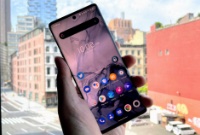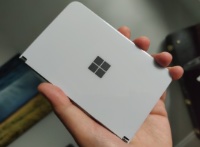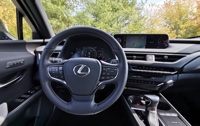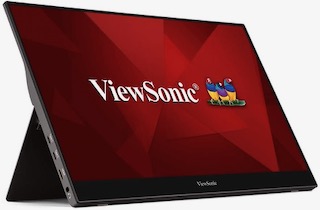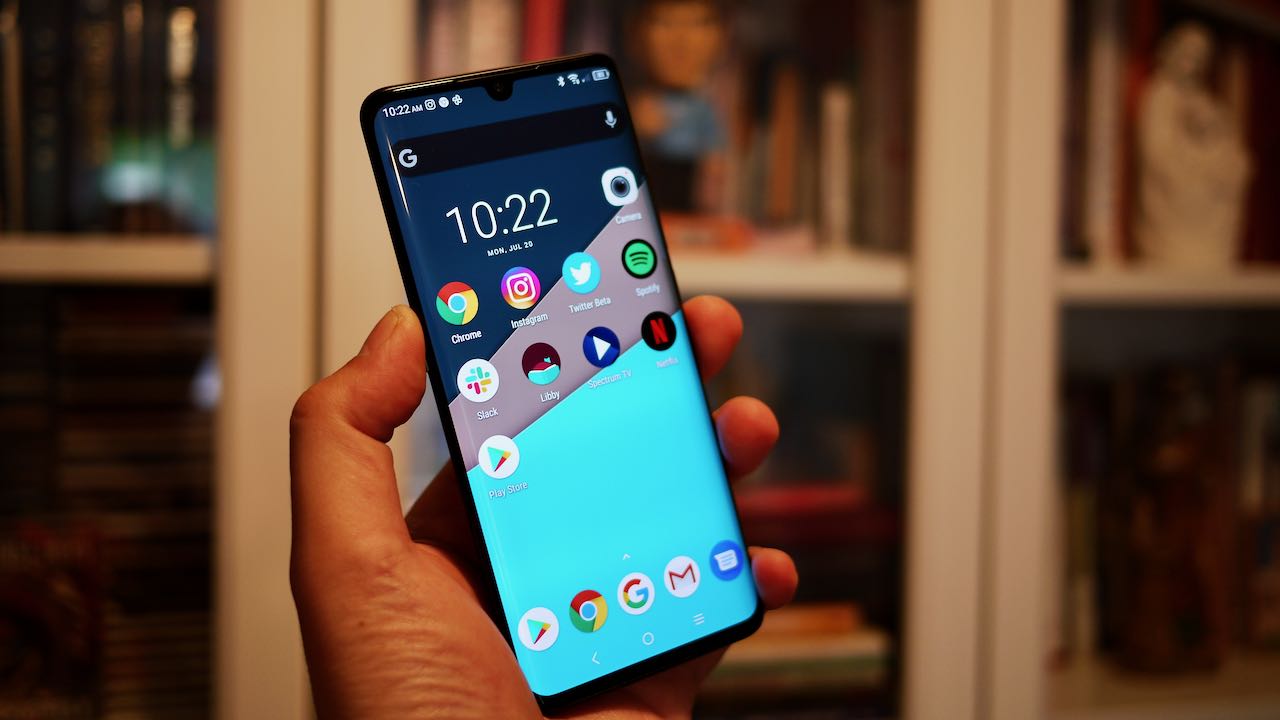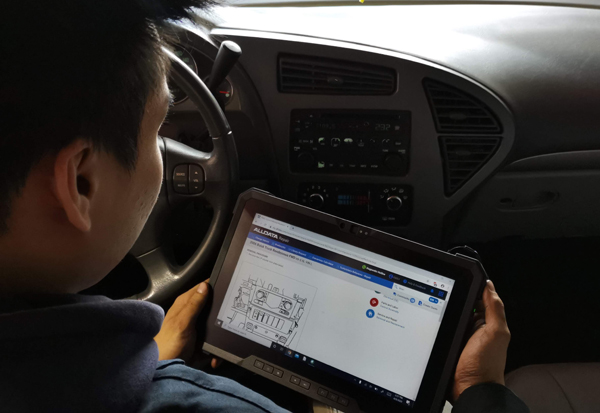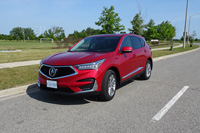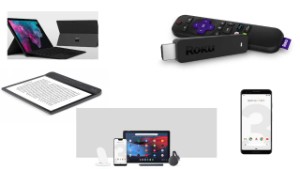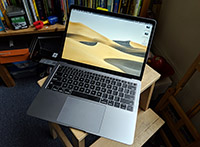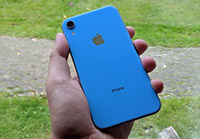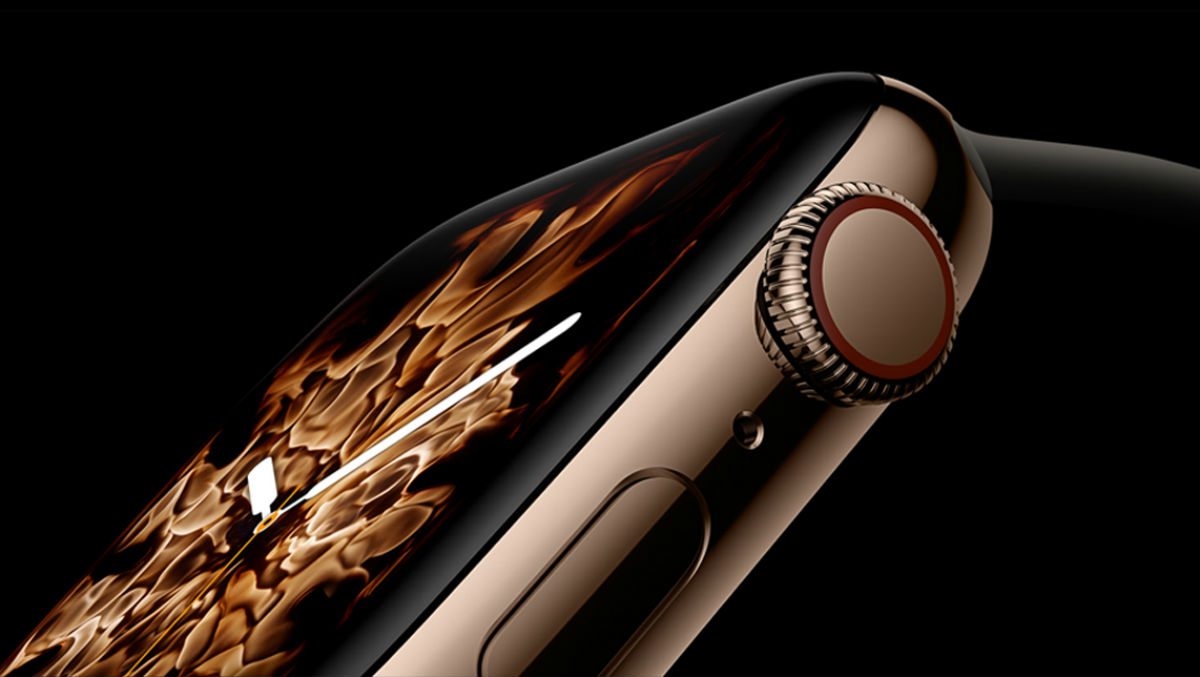Apple launches Apps et jeux en français on the Canadian App Store
 Saturday, August 27, 2016 at 11:15AM
Saturday, August 27, 2016 at 11:15AM  Apple has added 'Apps et jeux en français' to tis Canadian App Store to highlight Canadian-made apps and content with specific curated lists of apps that best represent this genre of Canadian contant.
Apple has added 'Apps et jeux en français' to tis Canadian App Store to highlight Canadian-made apps and content with specific curated lists of apps that best represent this genre of Canadian contant.
- Apps créées au Québec (Apps Made in Quebec)
- Préparez la rentrée (Get Ready for School) including apps for teachers and older students (productivity, organization, note taking etc.)
- De nouveaux lieux à explorer (Go Somewhere New): collections of apps including Explore Western Canada, Explore Eastern Canada, Explore Atlantic Canada, as well as excellent apps to help plan your trips to new places (including Airbnb, Packing Pro, KAYAK, Turo, and more)
- Apps et jeux pour la longue fin de semaine (Apps and Games for the Long Weekend)
- Jeux créés à Montréal (Games Created in Montreal)






